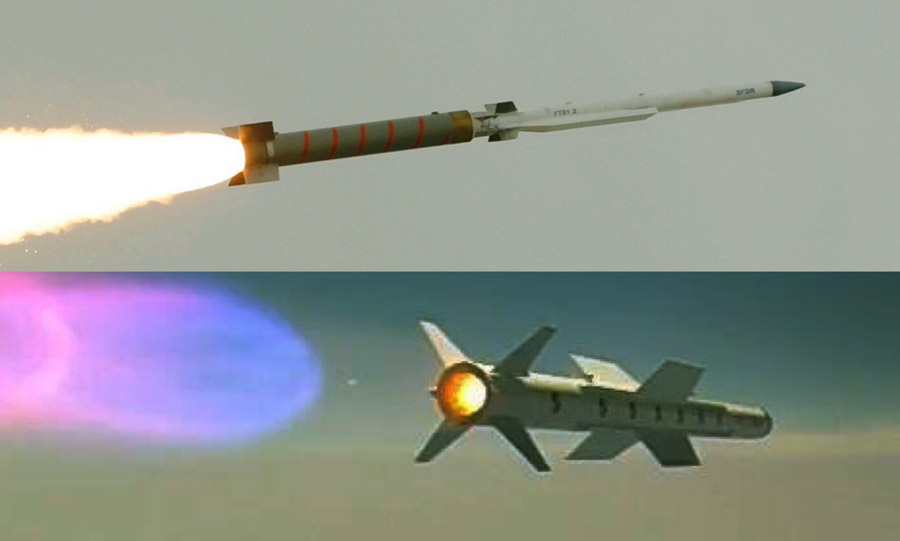DRDO Tests SFDR Technology For Long-Range (350 Km +)Air-To-Air Missile

The DRDO began developing SFDR technologies as a joint development project with Russian defence export agency, Rosoboron export. After jointly developing state-of-the-art propulsion technology, and high-tech sub-systems such as a nozzle-less booster, fuel flow controller and boron-based sustainer, the DRDO is now doing it alone.
The SFDR’s propulsion system is designed to provide high specific impulse beyond 1,000 seconds, which will enables the missile to get longer ranges.
The high velocity of the SFDR-based AAM also increases its range.. “Suppose I have detected a target 200 km away and I’ve launched my missile. Its incredibly high velocity generates a lot of kinetic energy. Even after the missile’s propellant is consumed, it still has enough momentum to keep travelling towards the target and to explode the warhead in its vicinity.”
A successful test on Friday of the technologies that go into a “Solid Fuel Ducted Ramjet” (SFDR) has propelled the Defence Research and Development Organisation (DRDO) into an exclusive group of manufacturers that can build long-range air-to-air missiles (AAM) capable of shooting down enemy aircraft hundreds of kilometres away.
The DRDO has already provided the Indian Air Force (IAF) with its home-grown Astra medium-range AAM. The IAF is planning to equip the TEJAS MK-1A fighter with the Astra MK-1, enabling it to strike airborne targets at ranges of 60-70 km.
The TEJAS MK-2 fighter will field the Astra MK-2, which DRDO says will have a range of 150-160 km, making it at par with the Meteor AAM that equips the Rafale fighter. But the real capability leap will come with the SFDR-based AAM, which top DRDO officials say will have a range of 350 km+.
Fighter aircraft get publ7c attention with their aerodynamic performance, but their combat capability depends more on the range of their AAMs. When the Pakistan Air Force (PAF) shot down an Indian MiG-21 fighter the day after the Balakot strike in February 2019, using its AMRAAM missiles carried by the PAF’s F-16 fighters, other MiG or SU 30 MKIs could not help as they were carrying missiles. Since then, the IAF has decided to ensure that their fighters enjoy a missile advantage.
The Ministry of Defence (MoD) announced that the flight demonstration, carried out off the coast of Odisha on Friday, validated key missile subsystems, including the booster motor, nozzle-less motor and the basic SFDR technology.
“Successful demonstration of SFDR technology has provided DRDO with a technological advantage which will enable it to develop long-range AAMs. At present, such technology is available only with a few countries,” said the MoD.
Briefing on the potential of the SFDR technology-based AAM, officials involved in its development said that the missile, just like the Meteor, always flew at supersonic speeds. High speeds enable high maneuverability and ensure the target aircraft cannot get away.
“The SFDR flies at supersonic Mach numbers that are higher than current aircraft, so even tail chase is possible. This widens the missile’s ‘no escape zone’, which is the envelope within which the missile, once it locks onto the target, does not let its target get away.
The DRDO intends to develop SFDR as a technology with multiple applications, including air-to-air against enemy aircraft and also from surface to air.




